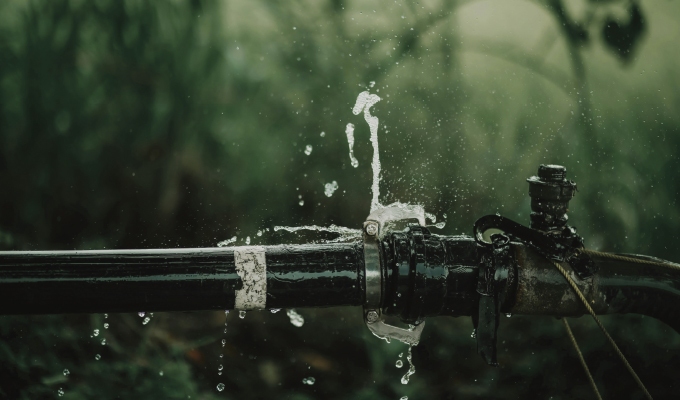In recent years, contractors’ builder’s risk insurance deductibles and premiums have risen as much as two or three times. Much of this is due to unwanted and preventable non-weather-related water losses. The good news is the technology to detect leaks is now advanced and affordable. When properly vetted and installed, water loss mitigation systems now minimize leaks, and sometimes can lower the cost of builder’s risk insurance and deductibles as well.
There is significant variation in the performance capabilities of water sensors in the marketplace. To simplify selection, InsureTek aggregates sensors from many manufacturers, then connects them to a cloud-based platform, providing a solution best suited for each building and location.
First, InsureTek puts sensors through a lab-based testing process to check their reliability and ensure the devices can integrate seamlessly with the InsureTek portal.
For contractors doing their own research, here are questions they should ask:
How does the device communicate?
Leak-detection devices need to communicate wirelessly with a central hub. Some companies use their own proprietary protocols, whereas others stick to more common wireless methods — Bluetooth, 3G, 5G, LoRaWAN, Zigbee, or Z-Wave — with some using a combination of several protocols.
Depending on a building’s layout, location, cost, and the possibility of interference from too many competing devices, not all wireless communication methods are appropriate for a particular building. Battery-powered devices can also be an option.
If you’re installing devices from multiple manufacturers, each will use a separate dashboard/portal. InsureTek has created a device-agnostic portal that accommodates devices from a range of suppliers, allowing for different devices suited for different purposes across a building.
Are you using the device as intended?
Commercial buildings and residences have different sizes of pipes requiring separate leak-detection devices. For single-family homes, pipes are a standard .05 to 1.5 inches, whereas in most commercial buildings, their range can extend to 8 inches or more.
Commercial buildings require a wide range of sensors to accommodate the thickness of various pipe sizes, pipe types, and safety restrictions.
Also, it’s important all devices are installed correctly to make sure they’re effective when you need them the most.
To ensure the correct devices (including freeze and humidity sensors) are used, InsureTek works with Arcadis, a certified engineering firm whose team reviews building plans and plumbing riser diagrams before recommending customized risk-mitigation measures. InsureTek also partners with MasTec to ensure that devices are installed uniformly in properties across the United States.
What type of warranty does the device have?
If a device malfunctions and your building suffers a major water leak, a warranty may not be much help if you’ve missed your handover date and are facing penalties as a result.
Because of the thoroughness of its testing process, InsureTek offers a performance warranty to customers to certify the system will work, assisting building contractors to lower builder’s risk premiums and deductibles.
ABOUT THE AUTHOR
Manfield Mandigora is COO of InsureTek, a B2B platform aggregator that integrates building sensors, installation, insurance, financing, and artificial intelligence/machine learning to predict, mitigate, and minimize building owners’ loss from water damage and other perils. For more, visit www.insuretek.com.


